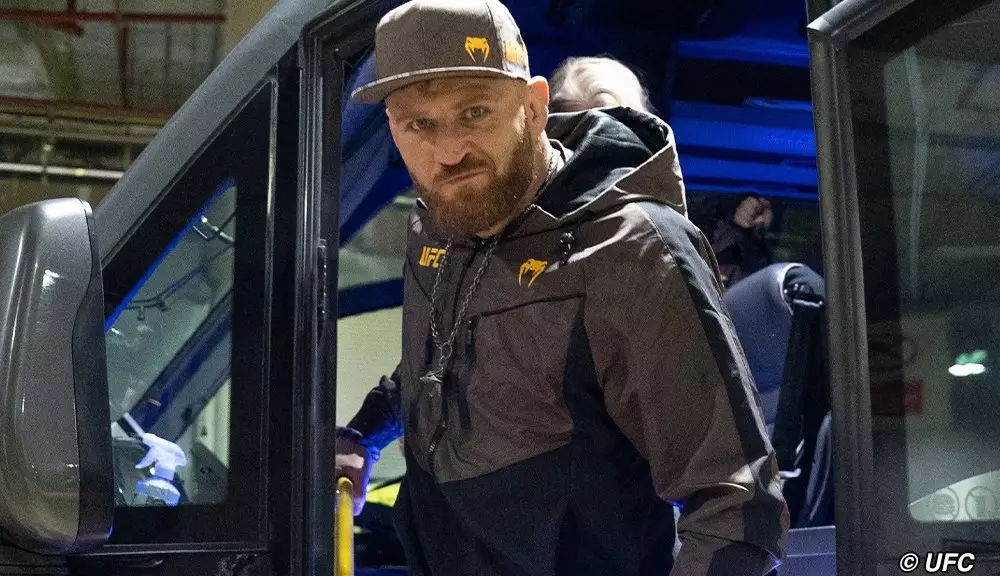In an era where athlete empowerment is becoming increasingly significant, the UFC has taken strides toward enhancing the financial landscape for its fighters through the implementation of the UFC Promotional Guidelines Compliance (PGC) program. At the UFC Fight Night 255, held in London at The O2, a notable $204,000 was distributed to fighters, marking a significant evolution in how fighters are rewarded not just for their bouts, but also for their professionalism, adherence to media obligations, and compliance with outfitting standards. This restructuring is not merely an adjustment in payout, but a thoughtful response to the evolving dynamics of sports sponsorship and athlete representation.
Navigating Through New Standards
The PGC program is a comprehensive approach that supersedes the previous UFC Athlete Outfitting Policy, focusing on a broader set of compliance criteria that athletes must meet. This includes maintaining a professional appearance, fulfilling media duties, and embodying the conduct expected of a UFC fighter. These requirements are layered with substantial financial incentives that reinforce the importance of professionalism. For example, upcoming bouts and the subsequent branding opportunities significantly depend on how fighters represent themselves while mingling with sponsors, fans, and the media.
It’s commendable that past policies are being re-evaluated in light of current expectations, creating not just a fairer system of compensation, but one that holistically enhances the fighters’ identities as brands within the sport. Moreover, the pay tiers incentivize experience, allowing fighters to monetize their journey within the UFC based on their bout history. This recognition of athlete dedication and growth is a progressive move that has the potential to reshape how newer fighters view their careers in the UFC.
Financial Realities: Equity in Earnings
Under this new compensation structure, a fighter’s experience plays a crucial role in determining their earnings at each event, with tiers established according to the number of fights they have on their record. The framework is designed to ensure that seasoned fighters can expect a more substantial financial return, which is only fair given the years of commitment and skill development involved in making it to the octagon. For instance, while first-time fighters receive a minimum payout of $4,000, champions are rewarded significantly more, highlighting the disparities that come with varying levels of experience.
This structured earnings model reflects a genuine recognition of both the risks athletes undertake in the octagon and the lucrative business aspect of the UFC itself. Furthermore, the introduction of royalty payments for merchandise bearing fighters’ likenesses adds another layer of revenue that athletes can count on, empowering them to negotiate from a position of strength when considering sponsorship deals.
The Path Ahead for UFC Fighter Earnings
As the UFC continues to redefine its standards, the financial mechanics surrounding fighter compensation must correspondingly evolve. The compliance program has the potential to lead not only to increased earnings for fighters but also to a more supportive and transparent environment. Fighters now hold a greater stake in the business, which is essential in an industry often criticized for prioritizing profits over athlete welfare.
With the proactive changes in payout structures and sponsorship strategies, the future of fighter compensation in the UFC is poised for transformation. This isn’t merely about dollars; it’s about respect, representation, and a renewed focus on athlete interests that could shape the sport differently for generations to come. In a world where professional fighters often struggle with earnings and career longevity, the realities of the UFC Promotions Guidelines Compliance program signify a hopeful and empowering paradigm shift towards fairness and financial recognition for the athletes who dedicate their lives to this competitive landscape.

